Image
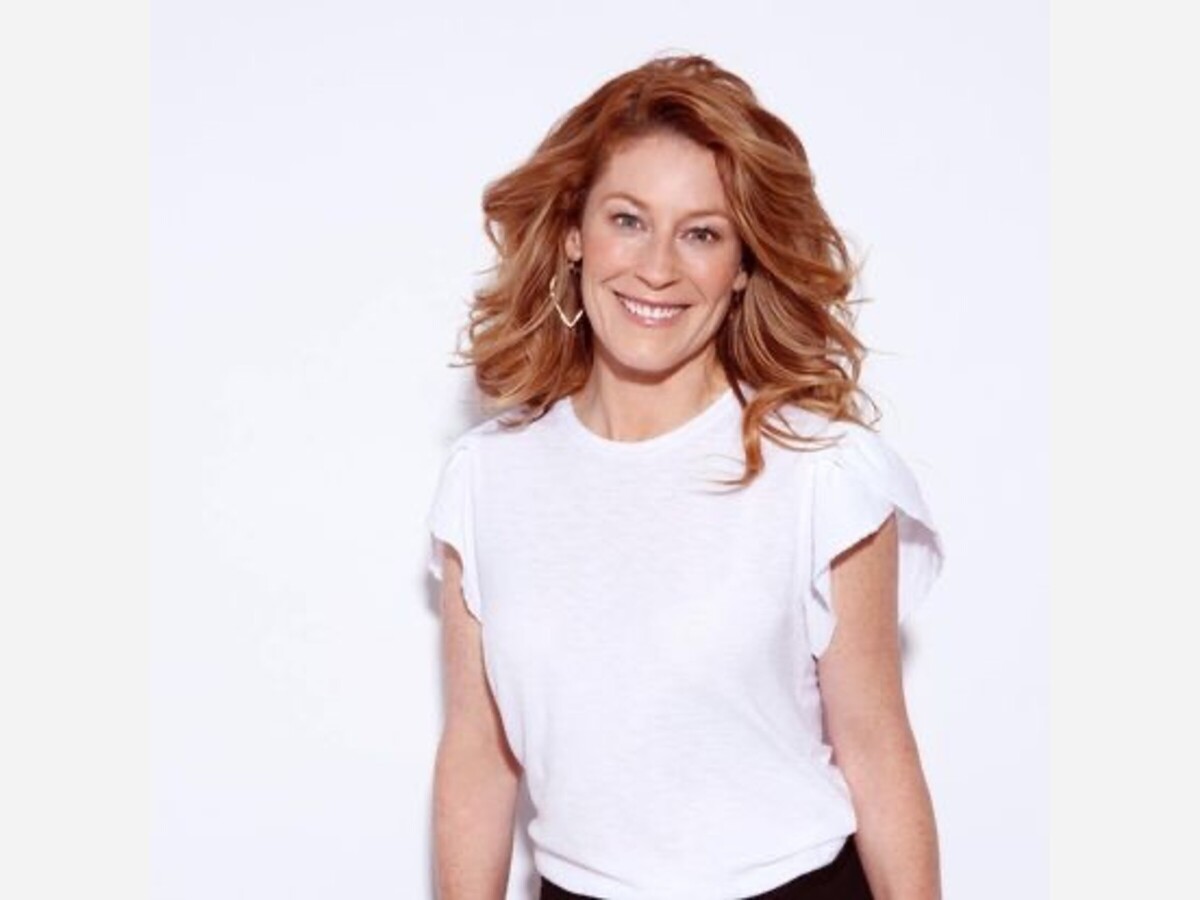
With the strike over and writers back to work, perhaps Laura will resume her whirlwind life as costume designer for the starts.
by Jane Stahl
I’ve known Laura Frecon since she was in diapers. I grew up with her parents and followed her throughout high school as a classmate of my daughter. Catching up with her as an assistant costume designer “for the stars” was a delightful experience and a peek into the world of Hollywood that fascinates many of us armchair fans of everything connected to the movies and TV.
But she made my head spin, learning of the research she and her colleagues do in their efforts to create authentic costumes, accoutrements—shoes, jewelry, hairstyles, hats, purses, and such.
The research takes her all over the world, sometimes for months at a time, and involves finding obscure shops where “the best” can be sourced or created. Considerations include color palettes, the weight and movement of fabrics, with a close attention to seasons, neighborhoods…well, everything!
“We meet with artisans around the world. Everything is custom-made. We go to the BEST artisans who know fabrics, who are show-makers around the world. We must find the right fabric, get the right shapes,” Laura explains.
“We go to museums, research color, texture; examine silhouettes, how people walk, carry themselves. In Spain, Italy, Budapest, we have searched for the right shoes, fabrics, styles. Everybody has their own shops around the world. We want to make clothes and must shop for the right look and go to places to get the looks right.
“We employ hundreds of people to make clothes, jewels, crowns. There are sometimes over 250 people on set plus our people. We work closely with production designers, directors, cinematographers, for example. We also utilize costume companies, those, for example, who specialize in particular items or areas--military patches, helmets; they’re the experts.
“Plus, we need to get clothes to meet the cast members, so we go into the neighborhoods to meet with people who actually lived and been there.” The cast may have color preferences or styles that suit them; people move differently which impacts the fabric choices and cut.
One example of an “almost miss” occurred when she and her partner were to outfit a biker tribe in Hawaii. They were all set, featuring leather outfits. Once Laura got to Hawaii to check with her sources, they laughed in her face and explained, “That’s too Hawaiian; we’re Samoan.” They instructed her on the flowers, sarongs, color palettes, and designs that the group would actually wear. “Thank goodness I was listening. It’s important to rely on the right people.”
“But it all starts with the script,” Laura adds. “I research, make a board featuring my vision, and make a presentation to producers and directors. If they like my vision, they’ll hire me. And then it’s research, research, research and traveling to the places where authentic, creative people can create what we need.”
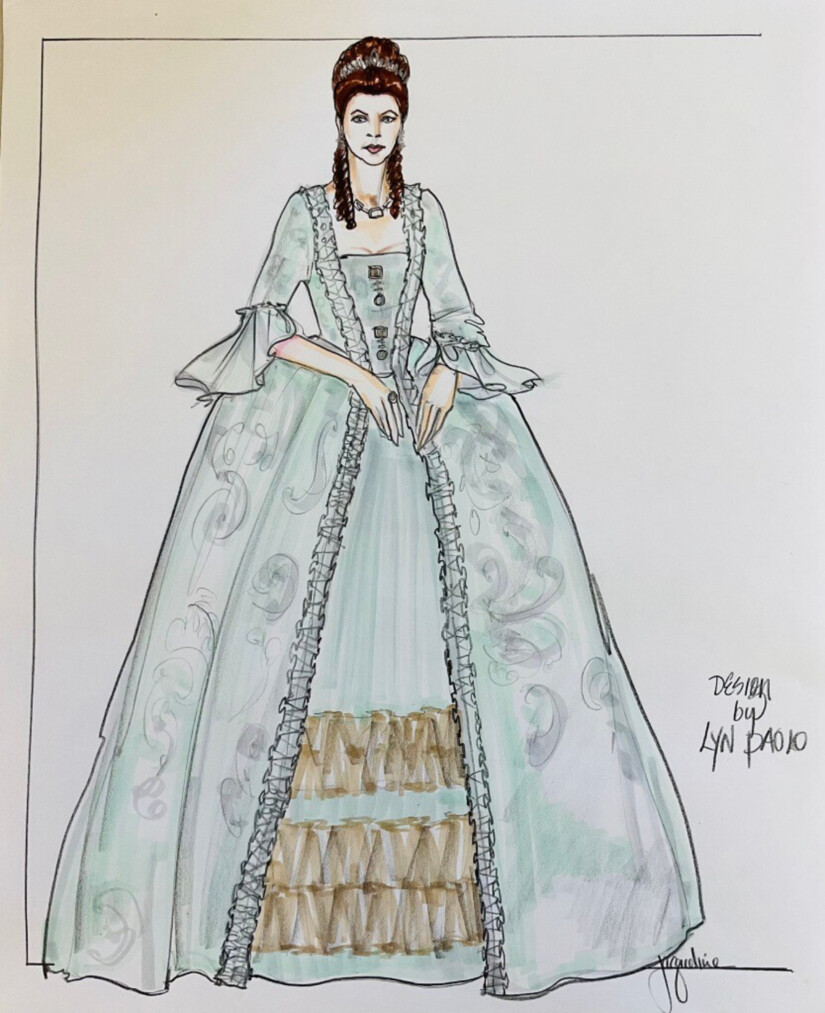
Recently mentioned in Variety magazine, designer Lyn Elizabeth and Laura as co-costume designer and their team are in consideration for an Emmy award for their latest work as co-costume designers for “Queen Charlotte” a Bridgerton story episode on Netflix. (Read in Variety https://apple.news/A1P9L9AxBQOaxt37tIoXD6g),
“It’s an amazing show,” Laura offers. “Thank God for Shondra Rhimes, for Shondra-land,” she continues. “Shondra wrote every episode of “Queen Charlotte.” She is the most terrific of storytellers and writers. While she can’t be everywhere, I’m just so grateful—it’s such an honor to have had a chance to work with her and I want to make people aware of these stories.”
For “Queen Charlotte,” the story of a young Queen Charlotte's rise to power in Britain after her marriage to King George III, each gown needed between 13 and 20 meters of taffeta. The research was about gathering the fabrics and linen. Laura explains, “We went to Sudbury, U.K. (the center of silk weaving), Spain, and I went to Rome. We filled ourselves with as many fabrics and research to make it a heightened fashion world based it on the Georgian era.”
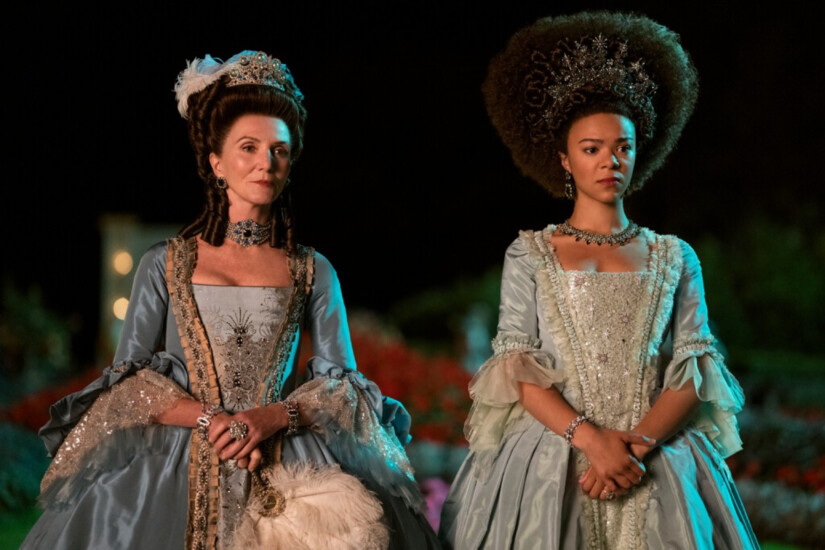
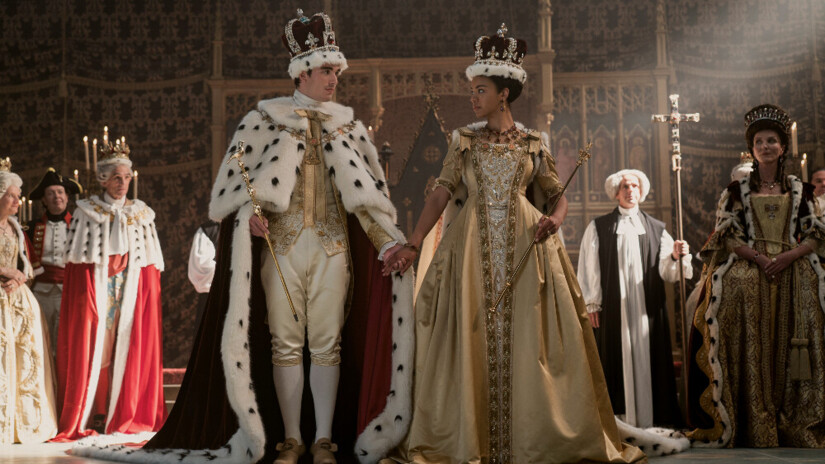
They studied portraiture from the period, watched TV, went to Kensington Palace to look at Queen Elizabeth's coronation gown. “We had three different versions of velvet that we were testing, and we had three different versions of the robes to get it right, added gold and decided on red velvet with ermine instead of blue for Charlotte’s gown; for the modern eye, red feels more regal.”
Color played a part in designing. Laura shares, “With the older queen, her colors are rich and jewel-toned. Whereas our younger Charlotte has more pastels and lighter colors. But, at the very end, the older queen is in very soft silver with pink and peaches in it.”
“The gowns, tiaras and accessories numbered in the thousands. It's the stocks that go with the suits. It's the shoes. Every single piece was custom-made for the most part," Laura says. The hair accessories involved the whole team stitching jewels onto organza, creating big bows or twirls that would be wired into the hair.”
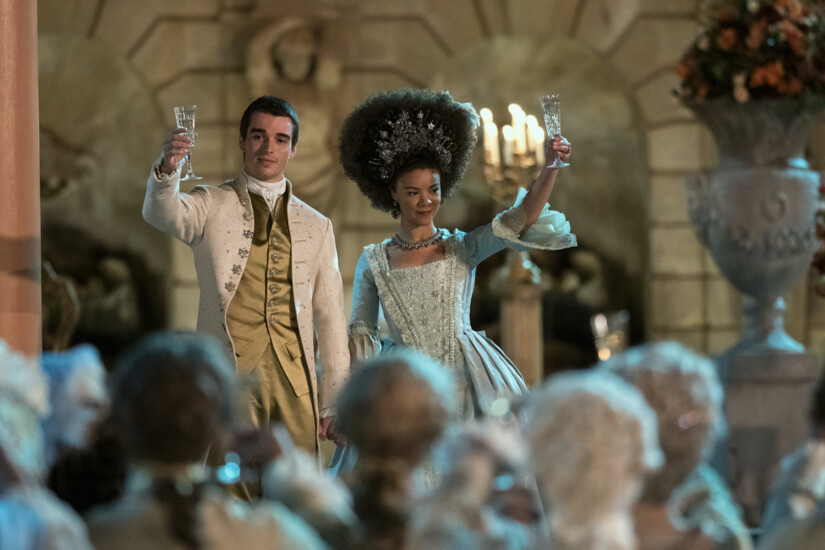
Exciting as her current position sounds, the path hasn’t been easy. There were disappointments, surprises, shocks, and traumas along the way.
“Being an artist is not easy; so many times, I didn’t know if I could make it. Waiting tables, bartending, cocktail waitressing, the rigors of grad school, accepting low wages to get experiences while making rent, doing free work was really hard, I had a bunch of jobs I didn’t like just to make it,” she adds.
But Laura is very grateful to be in this space. It certainly was not an overnight road. It’s been 20 years working hard to get where she is. She admits and is grateful for some big breaks and having the opportunity to live in Australia, go to Viet Nam, New Orleans, Atlanta, London. And while she recognizes the sacrifices she’s made for her art--not having children, working long hours, she knows that the success she’s experiencing now feels so much sweeter.
Laura was involved in dance and theatre throughout her life and knew that theatre would always be a part of her life—it was “in the blood,” as she says, as the granddaughter of an opera singer, actress, and voice and music teacher, the daughter of an active jazz musician, and the niece of a Hollywood actor and playwright. Despite the propensity, interestingly, in high school she planned to be an environmental biologist.
Her named a double major in biology and theatre. As a freshman she did a work/study in a costume shop. It wasn’t long before she called her mother in tears, confessing “it can’t be biology.” Her mother concurred, and Laura changed her major to theatre and business.
During and after graduate school in New York, she performed, worked off-Broadway and “worked at anything”—a yoga instructor and personal trainer. She got Broadway jobs, at Julliard she worked in the wardrobe department, but after 10 years grew tired of living in New York and headed to California where she had to start all over to break into film.
A mini-break afforded by a family friend whom she’d been following for years, led to a co-costume designer position. When COVID hit, after “bouncing all over the world,” she found her way back “home” to Philadelphia where she owns a home with her husband. As she explains, “I live where the job is, but home is Philadelphia.”
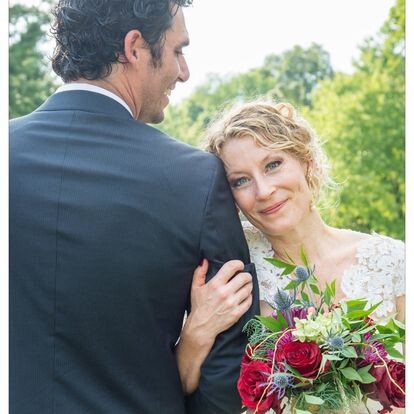
As for future plans, hopes, and dreams, Laura just designed a show titled Clean Slate, sharing that she’s eager to make progressive projects that speak to diverse audiences in an effort to move things forward. “It’s very LGBTQ+ and represents a project that is meaningful to me. It’s not going to be for everybody.”
In addition, her dedication to environmental projects underscores the developing documentary series The Green City, endeavoring to start a company dedicated to developing a project tying environmental activism and costume design.
Coming from a small town and farm family imbued her with a love of the land, a respect for nature and what is put in the body. Plus, now, while living in cities around the world, she is able to keep her sense of self, knowledge of her roots, a certain humility learned from living within a community of loving, kind, hard-working people—Pennsylvania Germans known for their aesthetic sensitivity, diligence, keen awareness, and dedication to details and efficiency.
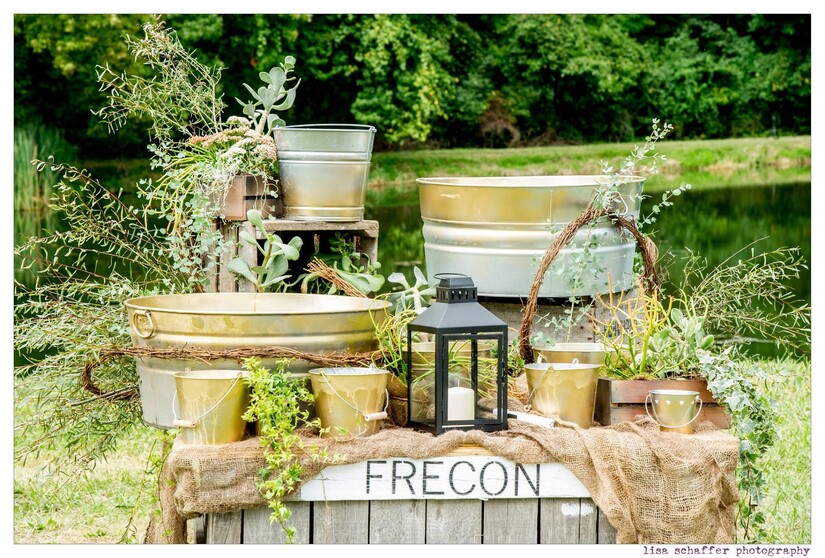
But —in the middle of a writers’ and actors’ strike--her plans to discover Philadelphia, see friends, spend time with families, work the family farm, join the Fairmont Park and Fishtown clean-up committee, and volunteer to start a dance/drama program for underprivileged children in Philadelphia promised to keep her working hard and busy as ever.
Having taught in the Bronx where they “had nothing,” Laura is keenly aware of the blessing she had from her Boyertown area community and school with a theatre department that went “above and beyond,” in a school district that embraced the arts that ultimately gave her the confidence and sparked her own journey.
She admits that there’s lots of work to be done, and one thing is evident: Laura Frecon is not afraid of working hard.